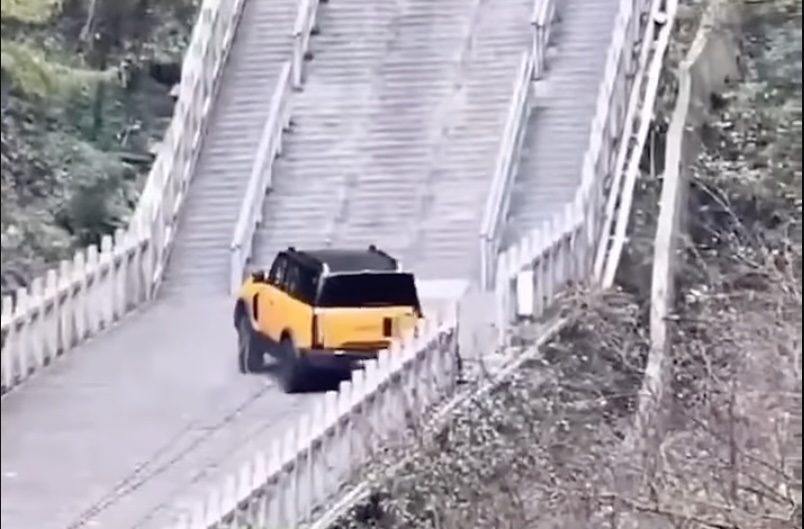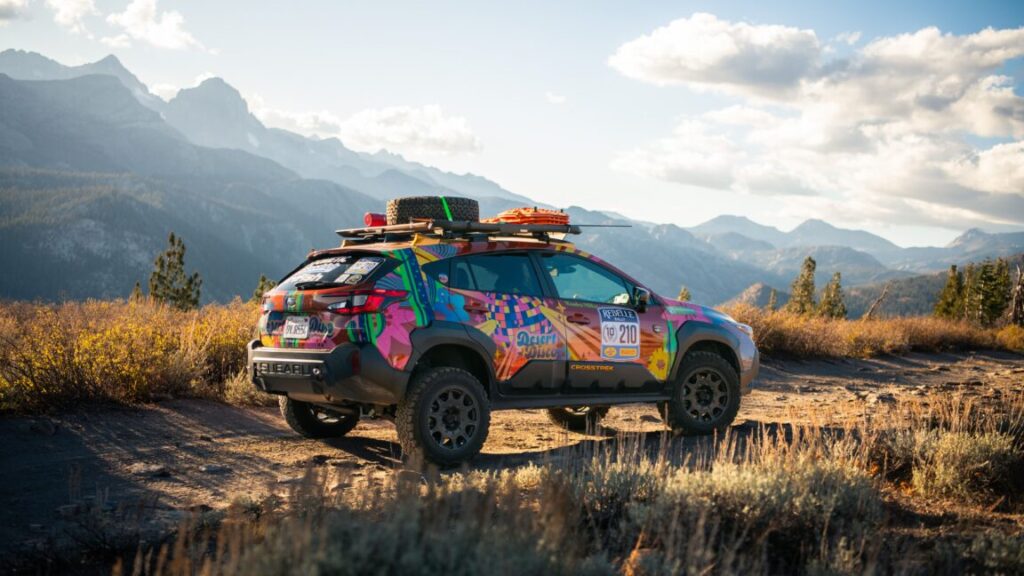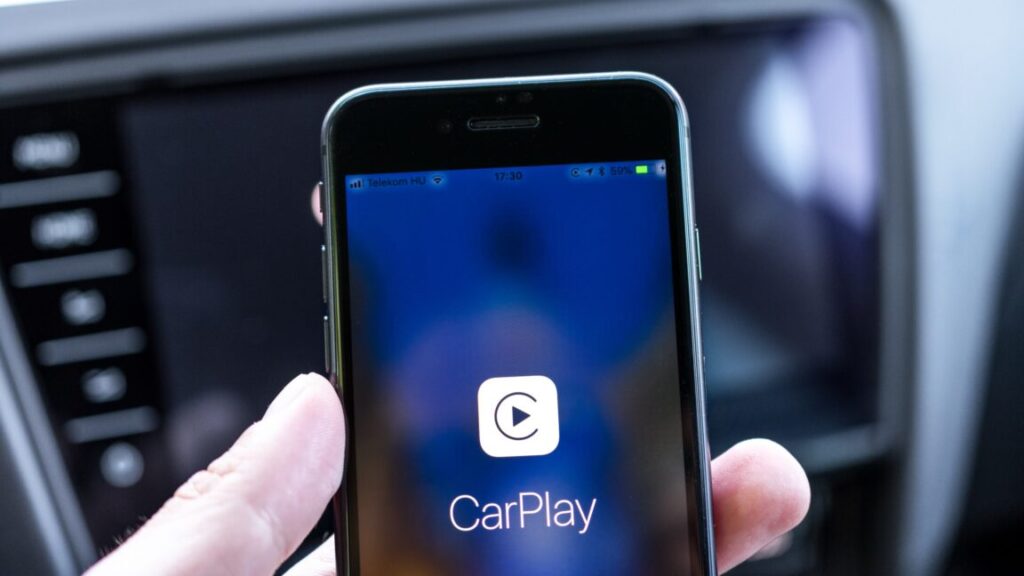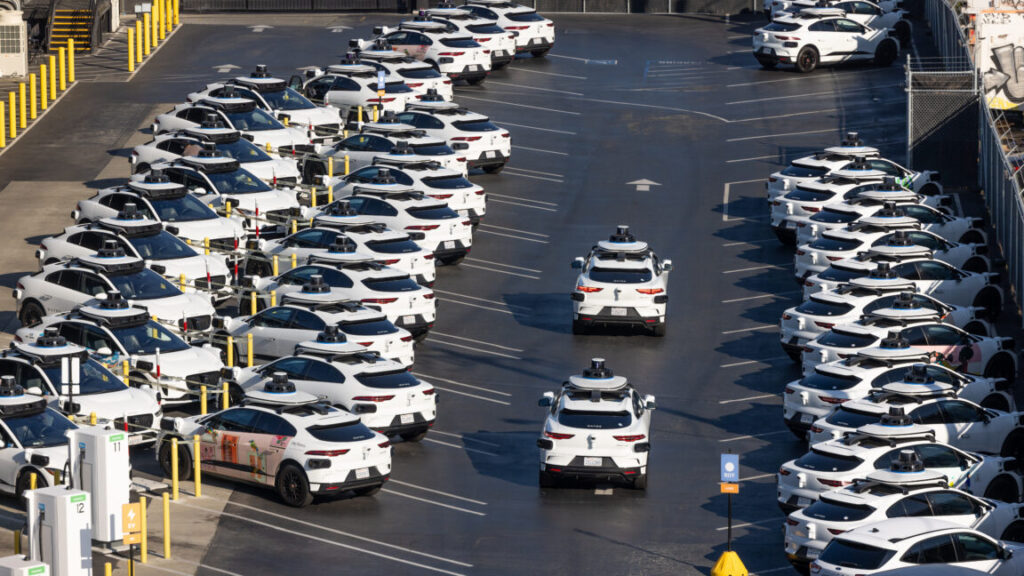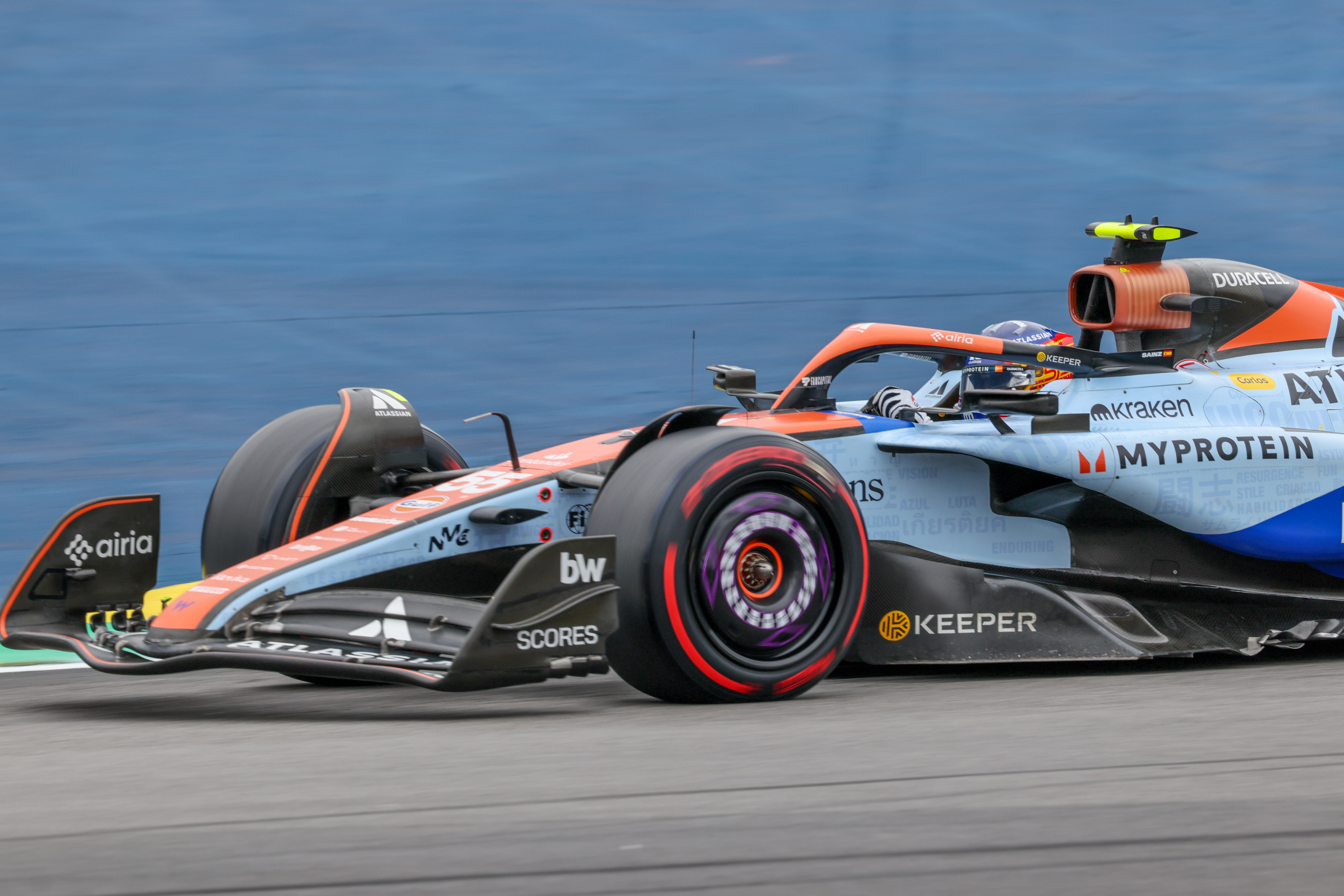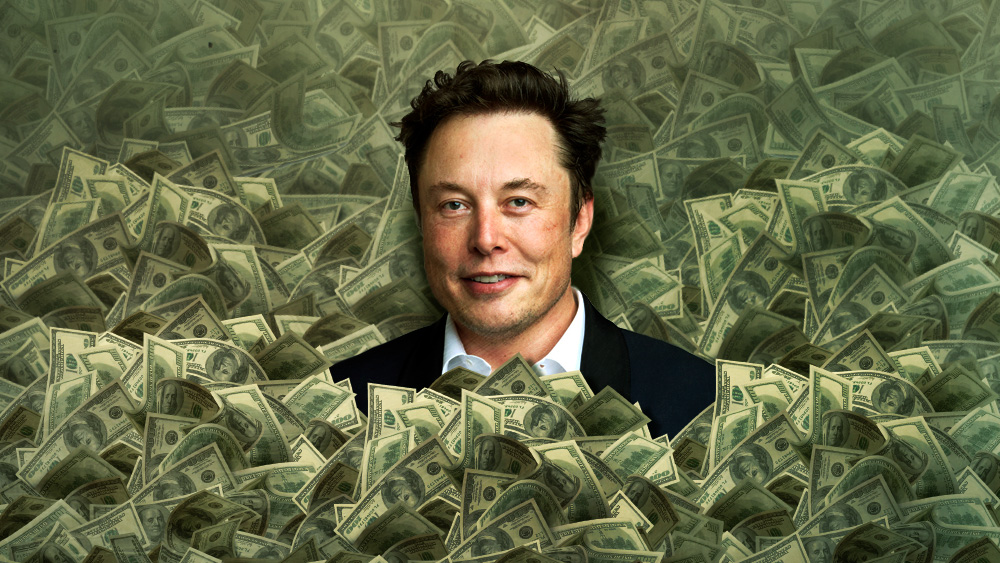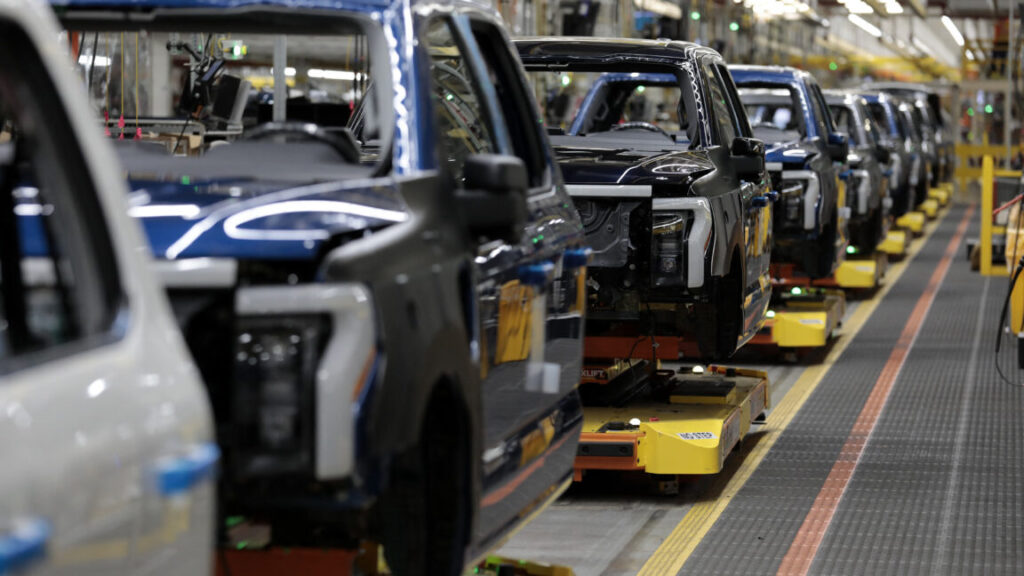“Hey Google, did you upgrade your AI in my Android Auto?”
Now it’s “Hey Google” not “OK Google” to trigger the assistant, which had started feeling a little left behind in terms of natural language processing and conversational AI to other OEM systems—sometimes even AAOS-based ones—that used solutions like those from Cerence running on their own private clouds.
Gemini
Going forward, “Hey Google” will fire up Gemini, as long as it’s running on the Android device being cast to the car’s infotainment system. In fact, we learned of its impending, unspecified arrival a couple of weeks ago, but today is the day, according to Google.
Now, instead of needing to know precise trigger phrases to get Google Assistant to do what you’d like it to do, Gemini should be able to answer the kinds of normal speech questions that so often frustrate me when I try them with Siri or most built-in in-car AI helpers.
For example, you could ask if there are any well-rated restaurants along a particular route, with the ability to have Gemini drill down into search results like menu options. (Whether these are as trustworthy as the AI suggestions that confront us when we use Google as a search engine will need to be determined.) Sending messages should supposedly be easier, with translation into 40 different languages should the need arise, and it sounds like making playlists and even finding info on one’s destination have both become more powerful.
There’s even the dreaded intrusion of productivity, as Gemini can access your Gmail, calendars, tasks, and so on.
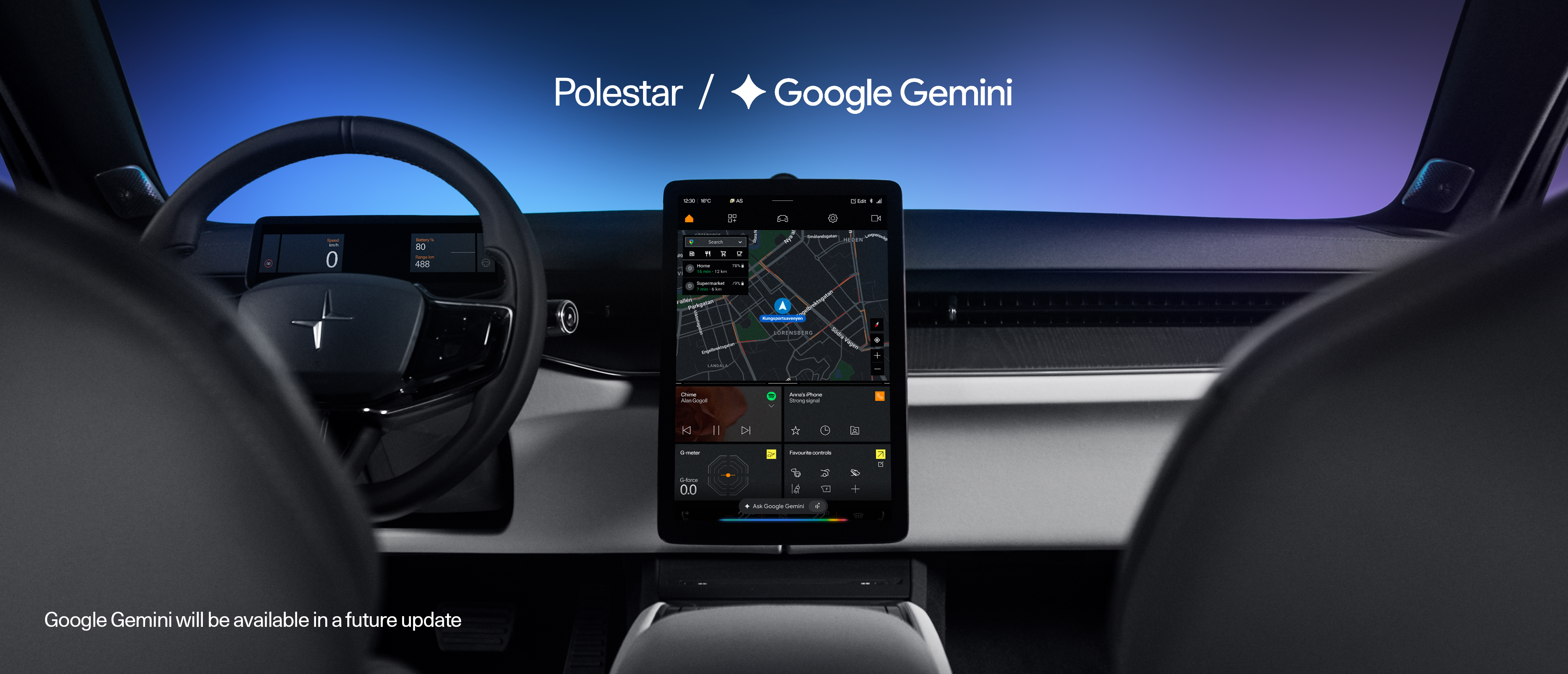
Google Gemini is coming to all Polestar models. Credit: Polestar
Gemini is also making its way into built-in Google automotive environments. Just yesterday, Polestar announced that Gemini will replace Google Assistant in all its models, from the entry-level Polestar 2 through to soon-to-arrive machines like the Polestar 5 four-door grand tourer.
“Our collaboration with Google is a great example of how we continue to evolve the digital experience in our cars. Gemini brings the next generation of AI voice interaction into the car, and we’re excited to give a first look at how it will enhance the driving experience,” said Polestar’s head of UI/UX, Sid Odedra.
“Hey Google, did you upgrade your AI in my Android Auto?” Read More »




